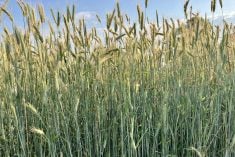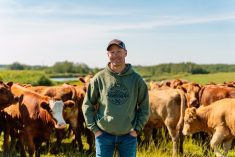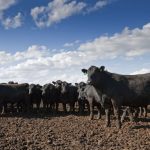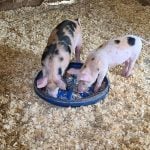Developing a grazing plan is an important first step to ensure effective grazing management on an operation, and it can help save a producer on cost of production in the long run.
A grazing plan that matches animal numbers to predicted forage yields should be made before turn out. Several key steps should be included: setting objectives and goals; resource inventory and evaluation; balancing forage supply and demand; cost-benefit and risk assessment; implementation; monitoring and, finally, the plan update.
Setting goals
Read Also
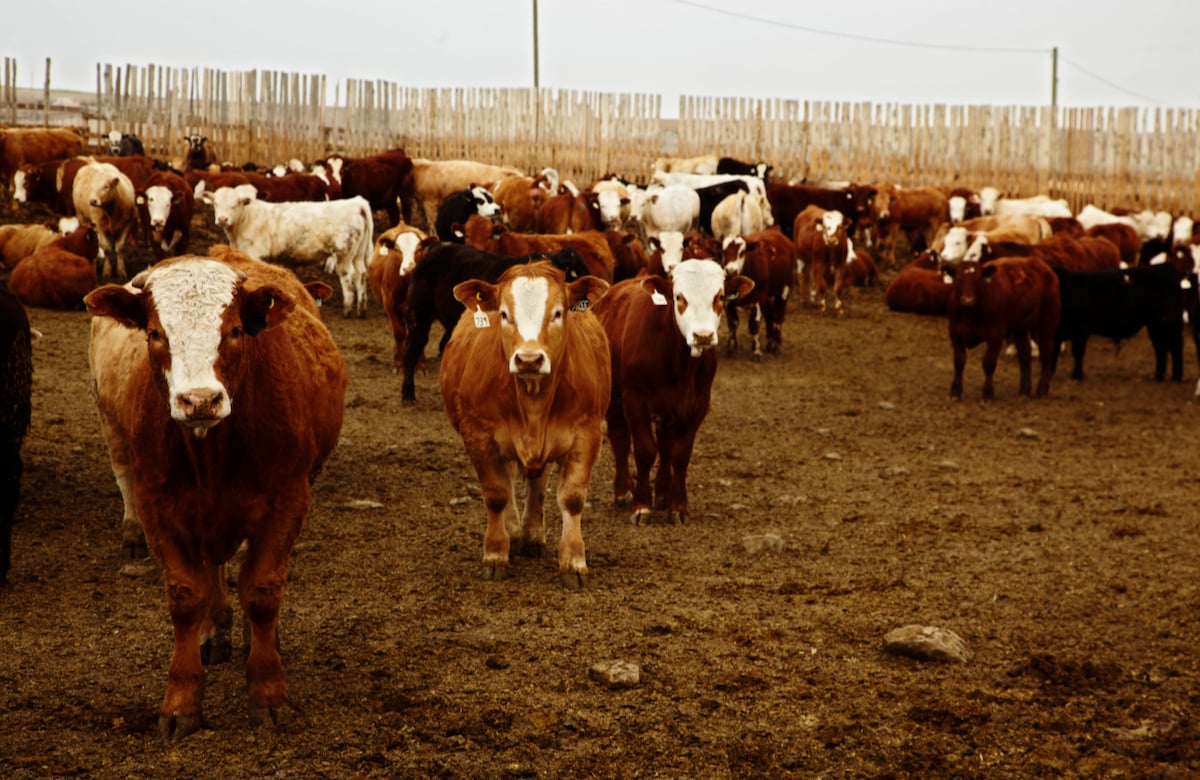
Trade tariffs would leave U.S. beef industry at risk
Any new tariffs on live cattle entering the U.S. would affect beef prices, says industry analyst Steve Kay
Begin by defining the goals and objectives for the entire grazing operation. This includes lifestyle choices such as how much time a producer may want to spend moving livestock each week, profitability measures and biological outcomes such as forage production, soil health, animal performance and ecosystem impacts.
Resource inventory and evaluation
Completing an inventory and evaluating resources is crucial for developing and implementing a successful grazing system. This inventory can answer questions such as:
- How much forage is available and at what times of the grazing season?
- Is the forage source able to meet the animals’ nutritional requirements?
- How long is the intended grazing season?
- What physical infrastructure is available or needed?
Balancing supply and demand
It is critical to ensuring the forage supply and demand is balanced. Whether managing native rangeland or a tame forage species, apply these four basic principles of management:
- The number of animals is balanced with the forage supply;
- There is a uniform distribution of animals over the landscape;
- Periods of grazing and rest are alternated to maintain the vegetation; and
- The kind of livestock that are most suited to that forage and management are used.
The balance of forage supply and demand is tied to the goals and objectives for the grazing management of that operation.
Cost-benefit analysis and risk
Effective grazing management on a pasture ensures high forage yield, sustainability and animal health and productivity, all of which impact the cost of production. Completing a risk assessment in addition to looking at the cost-benefits can help an operation improve its grazing management plan.
Implementation
There are several grazing systems a producer may choose to implement due to variance in climate, plant species, soil and livestock. These different systems include, but are not limited to: rotational grazing; forward grazing; creep grazing; limit grazing; stockpile grazing; and extended grazing.
Monitoring
After the grazing plan has been implemented, monitor the pasture to make sure the objectives and goals are met. Keeping accurate and up-to-date pasture records is vital to inform future grazing plans by providing information such as an accurate assessment of pasture carrying capacity.
Plan updates
If the current plan did not meet the goals, consider updating for next season. Grazing plans should be flexible to accommodate changing conditions such as fluctuations in livestock numbers or drastic swings in precipitation.




